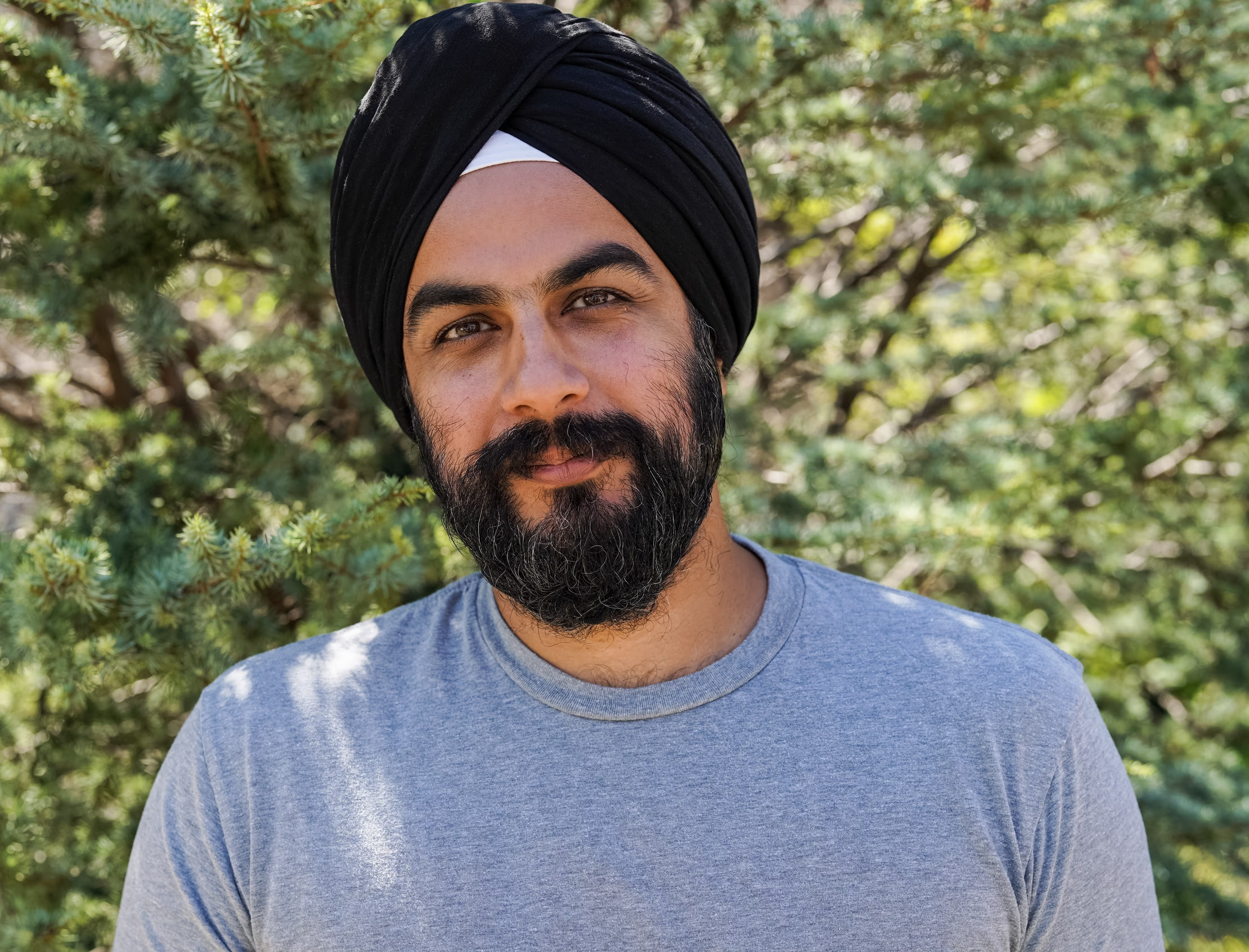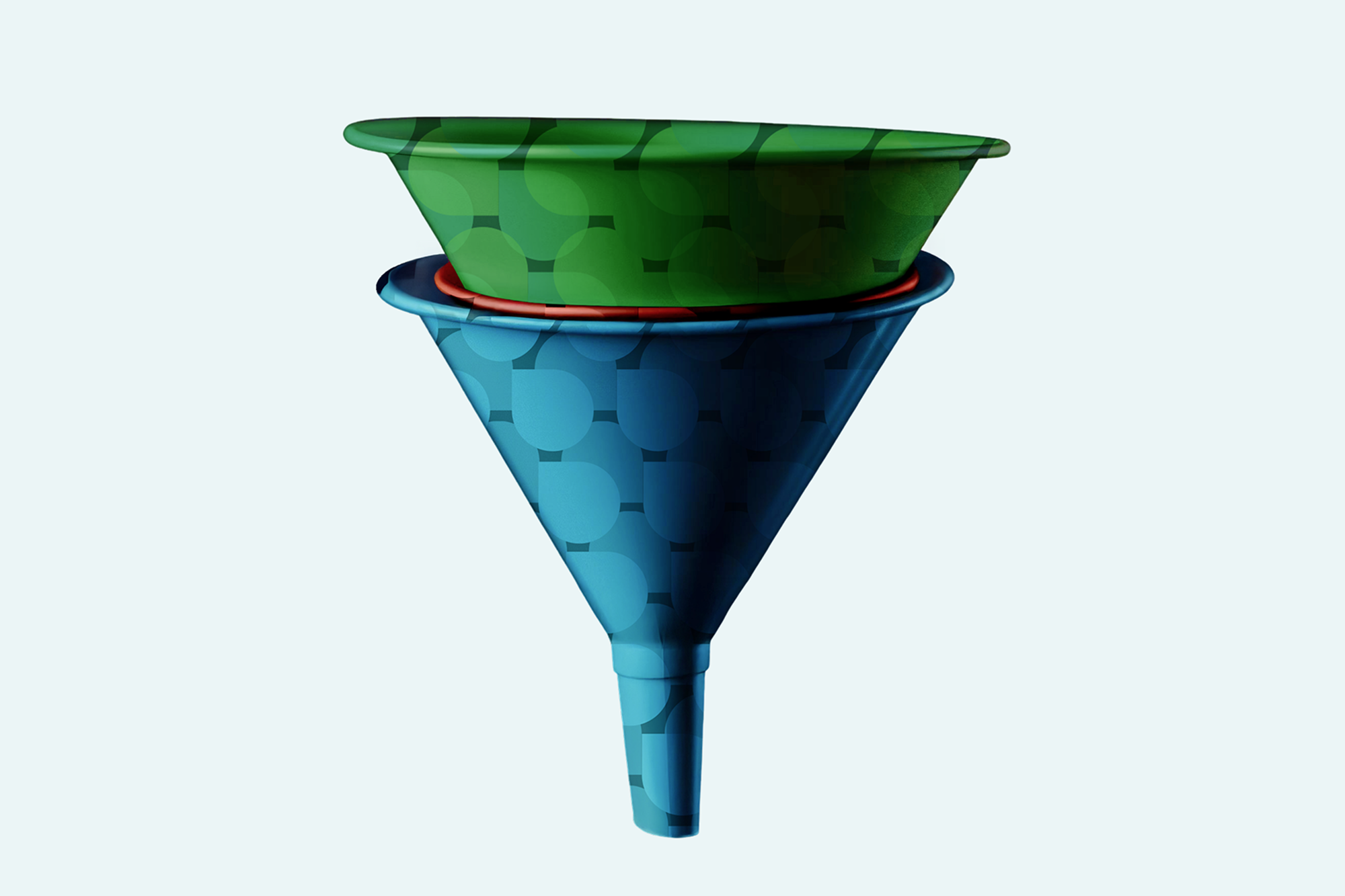The creative process is one of the most powerful parts of any marketing team. It shapes how fast you produce content, how strong your ideas are, and how well your campaigns perform. But many teams slow themselves down without realizing it. They add extra steps, overload senior creatives, and limit what their outsourced talent can actually do.
This guide explains a better way to structure your creative process. It is based on the Full-Stack Creative Playbook used by high-performing teams at GrowthAssistant. You will learn how to remove common bottlenecks, empower every role, and improve creative output while saving time and cost.
Why Many Creative Processes Break Down
Most creative teams hire offshore or junior talent for execution. This includes editors, designers, and production roles. At first, this seems efficient. But the process often backfires.
Teams begin writing very detailed creative briefs because they think executional roles need every step spelled out. This increases the workload for US-based creatives. Then the team gets stuck in long review cycles because the output does not match the detailed instructions. The team ends up frustrated. Work slows down. Quality drops.
The creative process breaks because US-based leaders take on decisions that should belong to executional roles. These include:
- shot selection
- image selection
- visual layout
- pacing and timing
Editors and designers are closest to the assets. They see what works. They understand how to build a strong layout or sequence. But many teams never let them make these decisions. They follow the brief word for word instead of interpreting it creatively.
This creates a rigid process that produces work that feels stiff, literal, or mismatched. Creative output suffers. Costs go up. And senior talent becomes overloaded with tasks that do not require their level of expertise.
A Better Creative Process: Move Every Role Up the Value Chain
The strongest creative teams succeed because they structure roles correctly. Each role works at the highest level it is capable of. Each role adds value to the creative process in the right way.
Here is how to do it.
US Creative Leadership (Creative Directors, Senior Strategists)
These roles set direction. They should focus on upstream activities such as:
- mentoring and coaching strategic GAs
- building brand knowledge across the team
- sharing insights and performance learnings
- leading creative rituals
- creating playbooks and frameworks
Instead of writing long briefs, leaders guide the team through shared understanding. This reduces friction and helps everyone make better decisions.
Strategic GAs (Creative Strategists, Creative Leads)
These roles should have their own creative concepts from start to finish. This includes:
- idea generation
- brief creation
- alignment with leadership
- leading review cycles
- improving concepts based on feedback
When they have ownership, they become more confident. They build stronger collaboration with editors and designers. They also help maintain consistency across brands and campaigns.
Executional GAs (Editors, Designers, Production Roles)
These roles should make craft-driven decisions such as:
- selecting shots
- choosing visual styles
- arranging layouts
- establishing pacing
Executional GAs improve faster when they have creative freedom. They start spotting issues early and suggesting better options. Over time, they even begin to propose new concept ideas.
This shift removes the artificial ceiling that prevents offshore talent from contributing at a higher level.
Why This Model Strengthens the Creative Process
A clear and elevated structure improves creative operations in three major ways.
1. It speeds up production: Less back-and-forth. Fewer detailed briefs. Faster review cycles.
2. It improves creative quality: Editors and designers get to interpret the concept. They apply their craft. This produces more polished, more intentional creative work.
3. It frees up US-based talent: Leaders spend time on strategy, not micromanagement. The team thinks more strategically and produces more consistent results.
This is the foundation of a high-performing creative process.
How Agencies Should Assign Client Ownership
A strong creative process also depends on clear client role assignments.
- US Creative Supervisors- These roles handle client communication. They build trust. They own the long-term strategy.
- Strategic GAs - These roles should also be client-assigned. They learn the brand deeply and understand what has worked or failed in past campaigns.
- Executional GAs - These roles should be flexible. Assign work based on skill or availability, not client ownership. This helps match the right person to the right task.
Some teams may assign executional GAs to specific clients, but only if content needs are narrow or capacity is light.
The Creative Process You Want to Build
A strong creative process is simple. It looks like this:
- US leaders guide from the top and refine strategy
- Strategic GAs turn strategy into concepts
- Executional GAs bring those concepts to life
- Feedback flows in clear loops
- Everyone works at the right level
This model creates better work, faster output, and more creative confidence across the team. Your creative team becomes a true engine of growth.
Build a Creative Process That Scales With You
Great creative work does not come from long briefs or heavy control. It comes from a clear system where every role has ownership and freedom. When you structure your team this way, your creative process becomes smoother, faster, and far more effective.
If you want to scale your creative production without lowering quality, the Full-Stack Creative Playbook is a strong foundation. Empower your people. Lift the ceiling. Let every role climb the creative value chain.






.svg)


